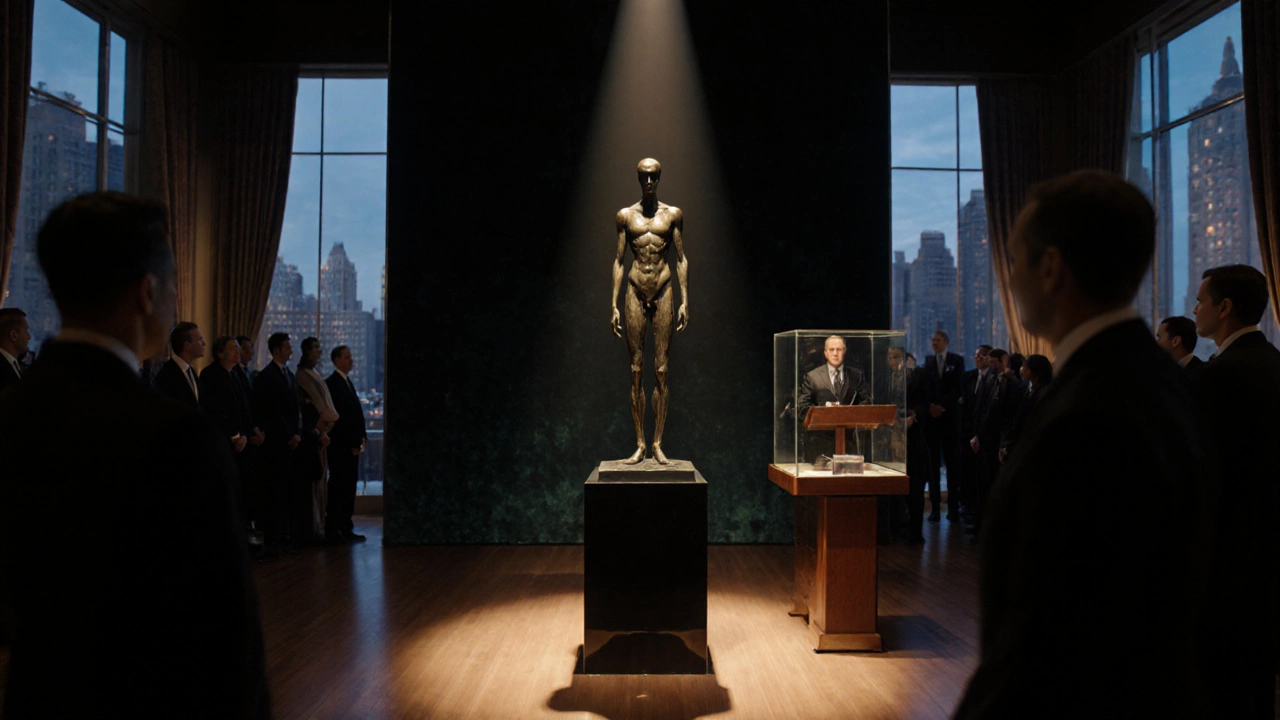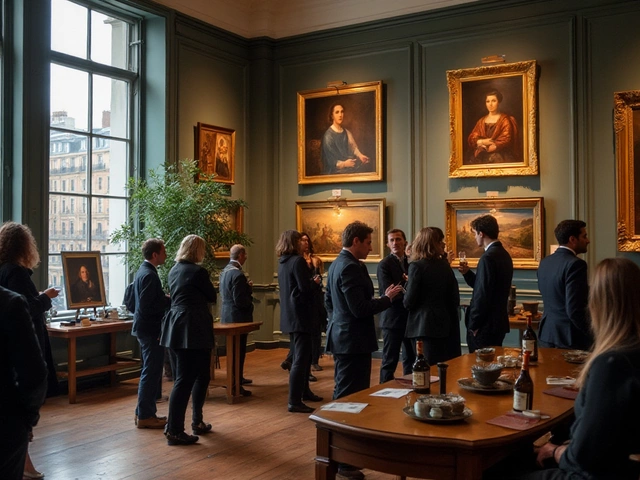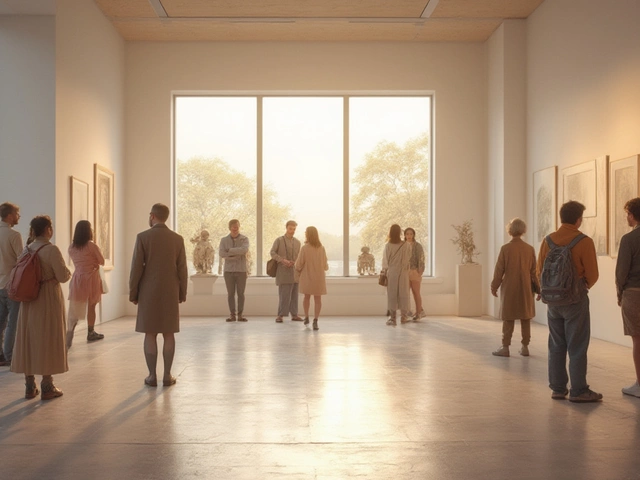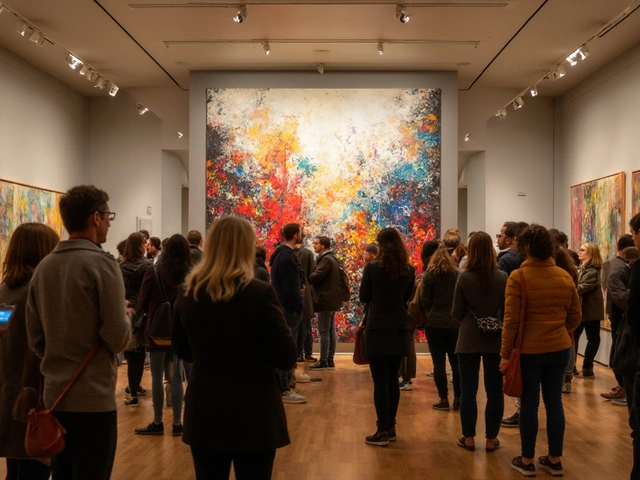Highest Priced Sculpture: What Makes a Sculpture Worth Millions?
When we talk about the highest priced sculpture, a three-dimensional artwork that commands an extraordinary market value, often due to its artist, rarity, and historical significance. Also known as record-breaking sculpture, it represents the peak of what the art market is willing to pay for physical form, emotion, and legacy. This isn’t just about size or material—it’s about who made it, when, and why it still matters today.
The art market, the global system where artworks are bought, sold, and speculated on by collectors, galleries, and institutions. Also known as fine art economy, it doesn’t follow normal rules. A bronze statue by Alberto Giacometti sold for over $140 million—not because it’s the most beautiful, but because it captures a moment in modern art history. The same goes for Jeff Koons’ stainless steel balloon dog, which hit $58 million. These aren’t just objects; they’re cultural symbols. Their value comes from scarcity, the artist’s reputation, and the story behind them. Think of it like a signed first edition book—but in three dimensions, and with a waiting list of billionaires.
What makes one sculpture worth more than another? It’s not just the bronze or marble. It’s the contemporary sculpture, art created in the late 20th and 21st centuries that often challenges tradition, uses unconventional materials, and speaks to modern identity. Also known as modern sculptural practice, it that pushes boundaries. Think of works by Louise Bourgeois or Damien Hirst—sculptures that aren’t just seen, but felt. They provoke, unsettle, or awe. That emotional weight translates into price tags. And then there’s provenance: if a sculpture was owned by a famous collector or displayed in a major museum, its value jumps. Auction houses like Christie’s and Sotheby’s don’t just sell art—they sell history, prestige, and exclusivity.
Don’t assume only old masters command these prices. The most expensive sculptures today are often made by living artists. Their work becomes more valuable not because it’s perfect, but because it’s talked about, written about, and fought over. The highest priced sculpture isn’t always the most technically skilled—it’s the one that changed how we think about art. And that’s why collectors pay millions: not to hang it on a wall, but to own a turning point in culture.
What you’ll find below are real stories, breakdowns, and insights from artists, collectors, and auction records—all focused on what makes sculpture more than just shape and stone. Whether you’re curious about why a single piece can cost more than a house, or how today’s sculptors are redefining value, these posts give you the facts without the fluff.
Which Sculpture Holds the Record for Highest Price?
Discover which sculpture holds the record for highest price, the top five most valuable works, why they command such sums, and how to verify a sculpture's worth.
Continue Reading




